4-Day Enchanting Tour Itinerary in Buenos Aires, Argentina
Buenos Aires, Argentina
4 days




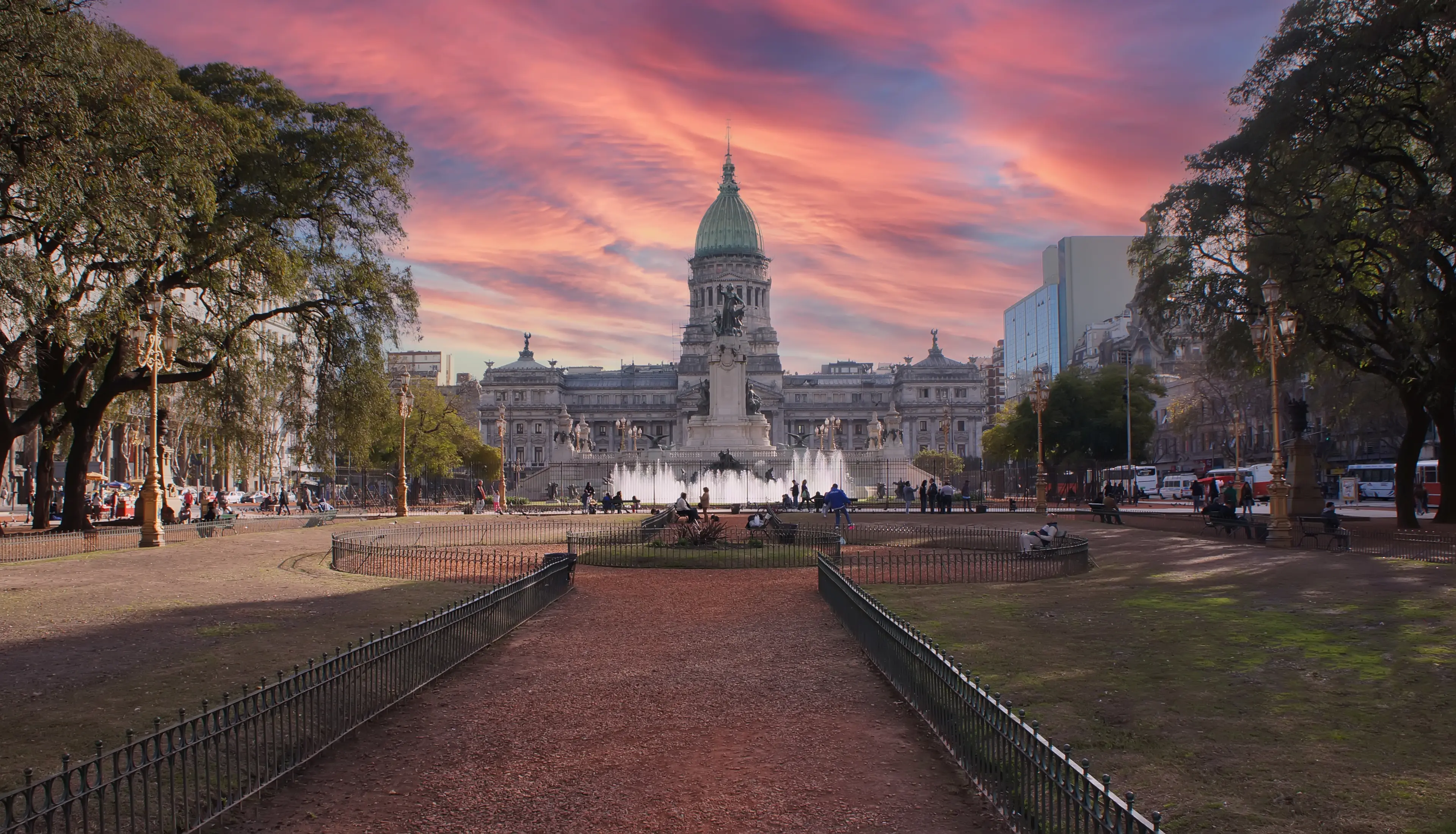
About Buenos Aires, Argentina
Experience the vibrant culture of Buenos Aires, Argentina's cosmopolitan capital. Known as the "Paris of South America," this city offers a blend of European elegance and Latin American passion. Explore the colorful neighborhoods, like La Boca and San Telmo, rich in art and history. Visit the iconic Obelisco and the opulent Teatro Colón. Indulge in the local cuisine, featuring world-class steak and Malbec wine. Dance the night away with tango, the city's soulful dance. Discover the city's passion for football by catching a game at La Bombonera or El Monumental. Buenos Aires is a city that never sleeps, offering a thrilling nightlife. With its stunning architecture, vibrant arts scene, and captivating history, Buenos Aires promises an unforgettable journey.
4-Day Itinerary
Day 2
Discovering Recoleta and Retiro
Morning
Begin your second day with a visit to the Recoleta Cemetery, a city landmark known for its stunning mausoleums and statues.
Lunch
Have lunch in a café in the Recoleta neighborhood. Try a 'Milanesa a la Napolitana', a popular local dish.
Afternoon
Spend the afternoon exploring the Museum of Fine Arts, which houses an extensive collection of Argentine and international art.
Dinner
Dine in a stylish restaurant in the Retiro district. Try 'Parrillada', a mixed grill of meats, a staple of Argentine cuisine.
Evening
Enjoy a leisurely stroll along the Puerto Madero waterfront. The area is known for its modern architecture and vibrant nightlife.
Day 3
Market Day in San Telmo and Plaza de Mayo
Morning
Start your third day with a visit to the San Telmo Market. This bustling market is a great place to buy antiques, crafts, and local food.
Lunch
Have lunch in a traditional 'Parrilla' (steakhouse) in San Telmo. Try 'Bife de Chorizo', a juicy sirloin steak.
Afternoon
After lunch, visit the Plaza de Mayo, the political heart of Buenos Aires. Here, you can see the Casa Rosada, the Metropolitan Cathedral, and the Cabildo.
Dinner
Enjoy dinner in a restaurant in the Microcentro area. Try 'Provoleta', a delicious melted cheese dish.
Evening
End your day with a visit to the Teatro Colon, one of the world's best opera houses. If possible, catch a performance.
Day 4
Bookstore Visit and Relaxing in Palermo
Morning
On your last day, visit the El Ateneo Grand Splendid, one of the most beautiful bookstores in the world.
Lunch
Have lunch in a café in the Barrio Norte neighborhood. Try 'Choripan', a popular sausage sandwich.
Afternoon
Spend the afternoon in the Palermo Woods, a large park with lakes, a rose garden, and several monuments.
Dinner
For your last dinner, choose a restaurant in the trendy Palermo Soho district. Try 'Pastel de Papas', a local version of shepherd's pie.
Evening
End your trip with a night out in Palermo Soho, known for its lively bars and clubs.
Attractions in Itinerary (11)

1La Boca
A vibrant neighborhood known for its colorful buildings, tango performances, and the famous Caminito street.

2Caminito street
A colorful, pedestrian street known for its tango performances and souvenir shops.

3Tango Show
A vibrant and passionate display of Argentina's most famous dance.

4Recoleta Cemetery
A famous cemetery where many notable Argentine figures are buried, including Eva Perón.
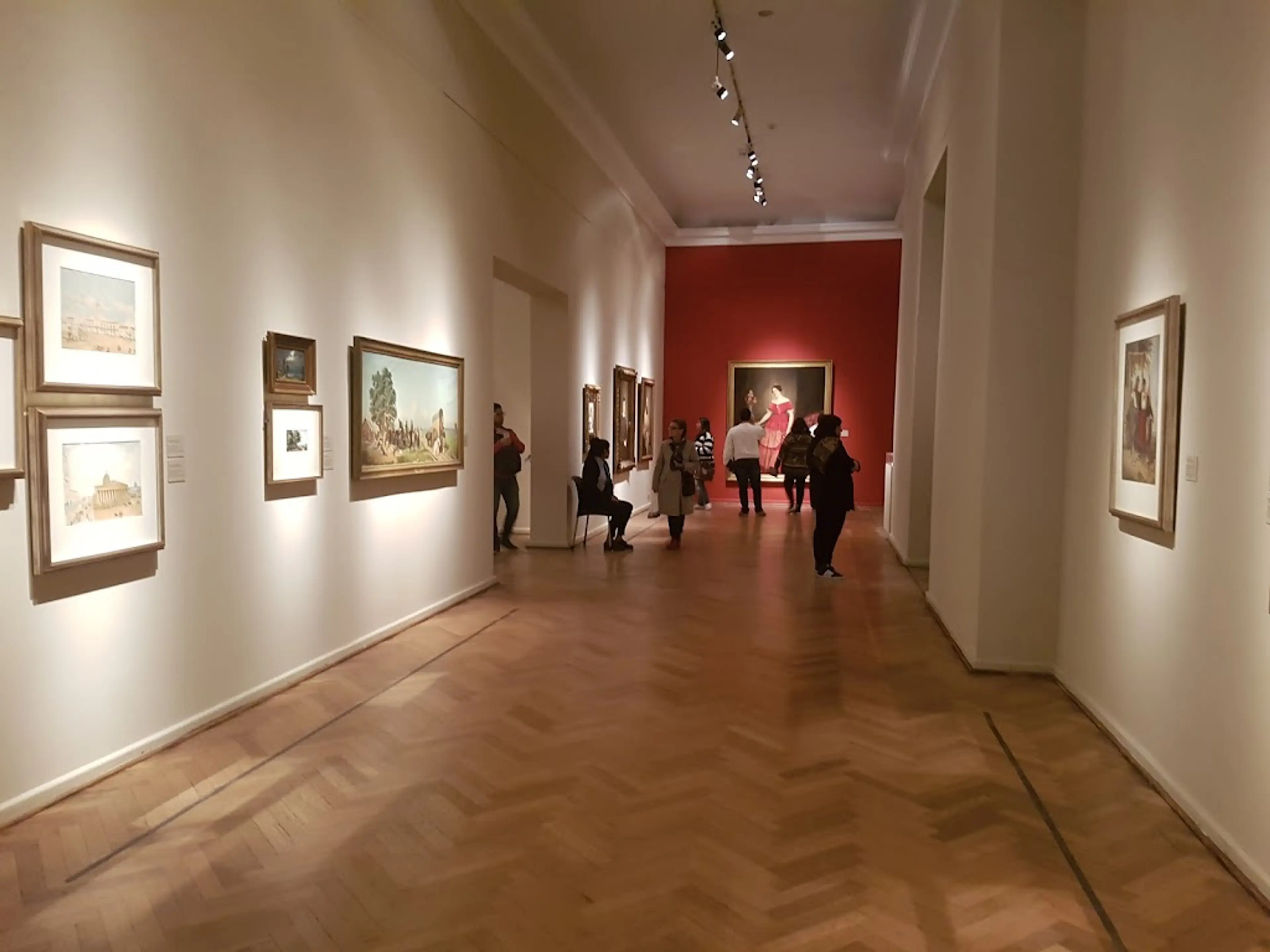
5Museum of Fine Arts
The Museum of Fine Arts, also known as Museo Nacional de Bellas Artes, is one of the most important art museums in Argentina. It houses a collection of both international and Argentine artists, with works dating from the Middle Ages up to the 20th century.

6Puerto Madero
A modern neighborhood with upscale restaurants and some of the city's most expensive real estate. It's also home to the Puente de la Mujer bridge and the Ecological Reserve.

7San Telmo Market
A bustling market known for its antiques, food stalls, and tango performances.

8Plaza de Mayo
The main square in Buenos Aires, surrounded by significant historical and political buildings.

9Teatro Colon
The Teatro Colon is a world-renowned opera house that opened in 1908. The theater stands as an architectural and acoustical landmark of Buenos Aires and the world.
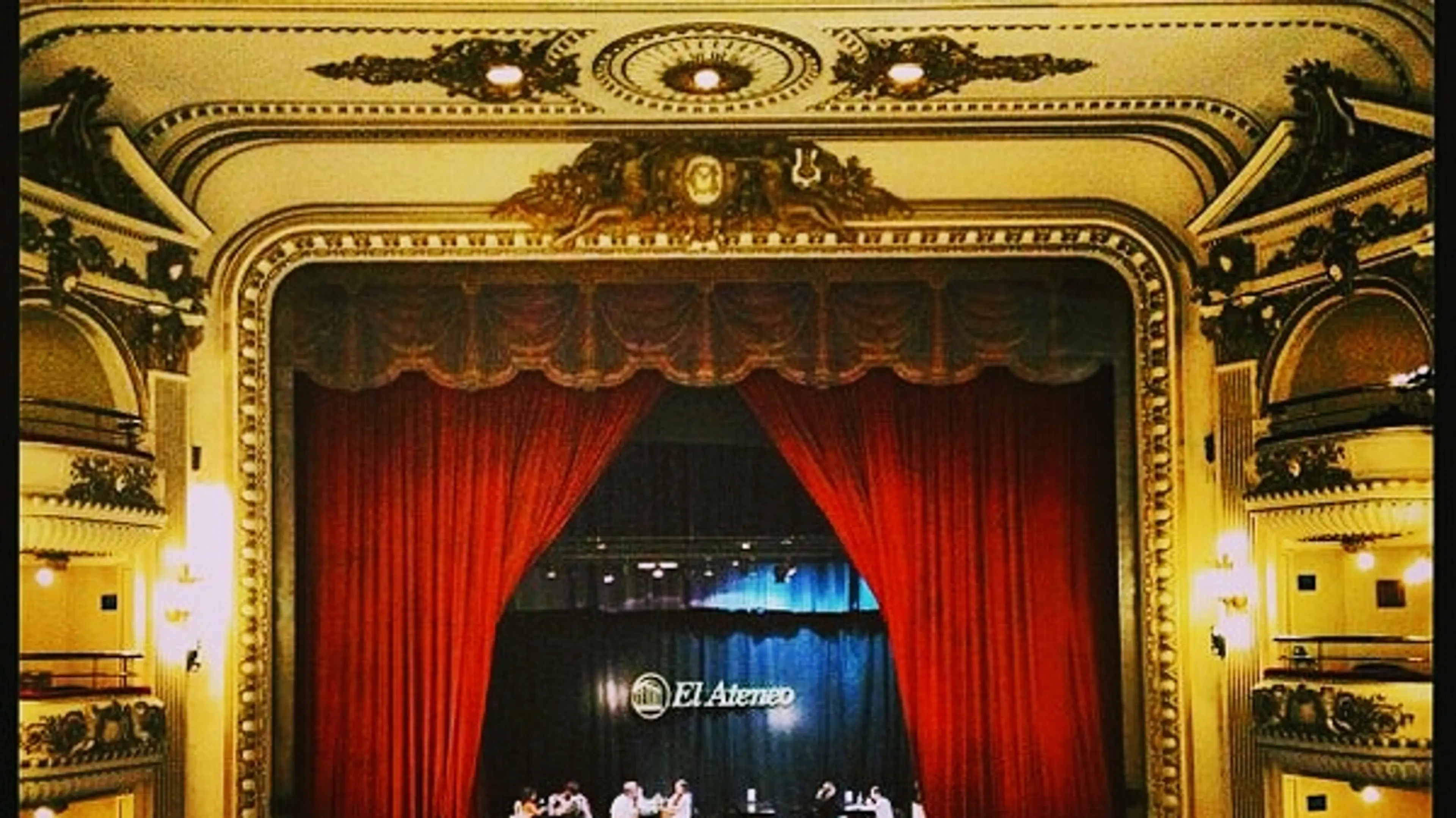
10El Ateneo Grand Splendid
El Ateneo Grand Splendid is one of the most beautiful bookshops in the world. Housed in a converted 1920s theater, it retains the original frescoes, theater boxes, and stage. It also has a café on the former stage where visitors can sit and enjoy a book.

11Palermo Woods
Also known as Bosques de Palermo, it is the largest green space in Buenos Aires, featuring beautiful gardens, lakes, and sculptures.
Local Food and Drinks (12)

Asado
Asado is a traditional Argentine barbecue, typically consisting of beef ribs, sausages, and sometimes other types of meat. It's a social event in Buenos Aires and a must-try for meat lovers.
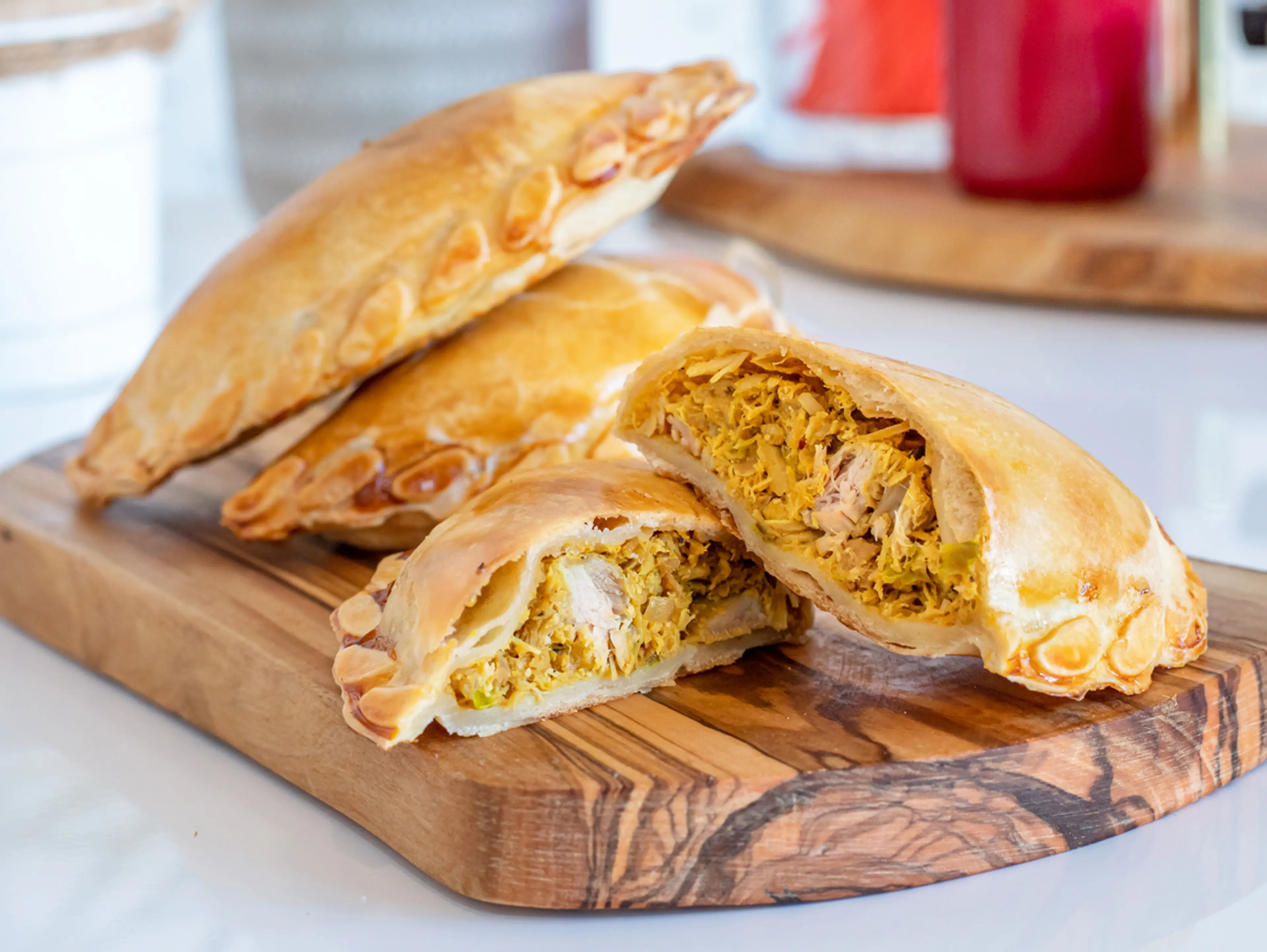
Empanadas
Empanadas are a popular snack or appetizer in Buenos Aires. They are pastry filled with meat, cheese, or vegetables, then baked or fried.
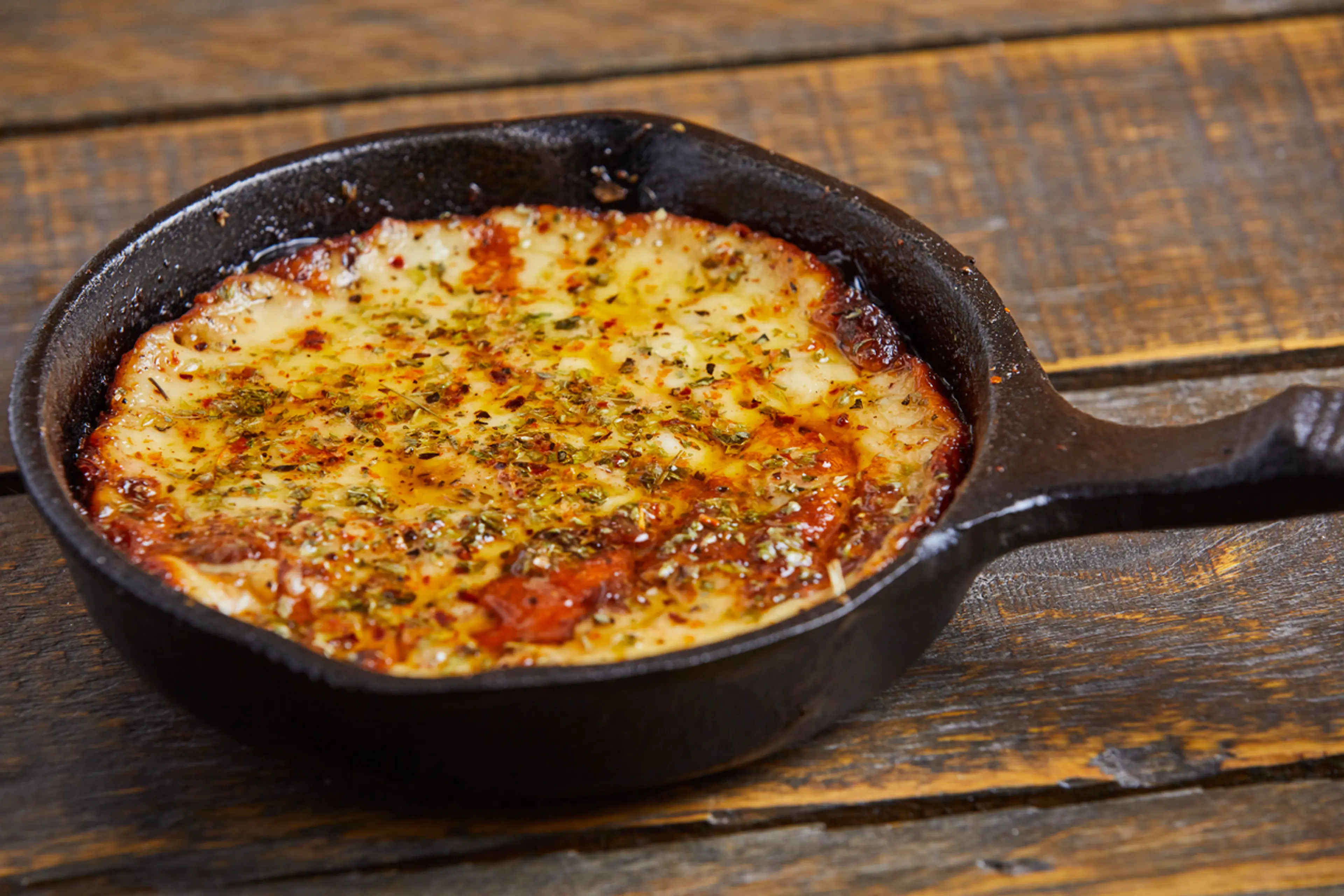
Provoleta
Provoleta is a traditional Argentine dish made from provolone cheese. It's typically seasoned with oregano and chili flakes, then grilled until it becomes bubbly and golden.

Choripan
Choripan is a popular street food in Buenos Aires. It's a sandwich made with chorizo (a spicy sausage) and crusty bread, often served with chimichurri sauce.

Milanesa
Milanesa is a breaded meat fillet, similar to a schnitzel. It's a common main course in Buenos Aires, often served with mashed potatoes or a salad.

Dulce de Leche
Dulce de Leche is a sweet, caramel-like spread that's a staple in Buenos Aires. It's used in many desserts, including cakes, ice cream, and alfajores.

Alfajores
Alfajores are traditional cookies in Buenos Aires. They consist of two round, sweet biscuits with dulce de leche in the middle, often covered with powdered sugar or chocolate.
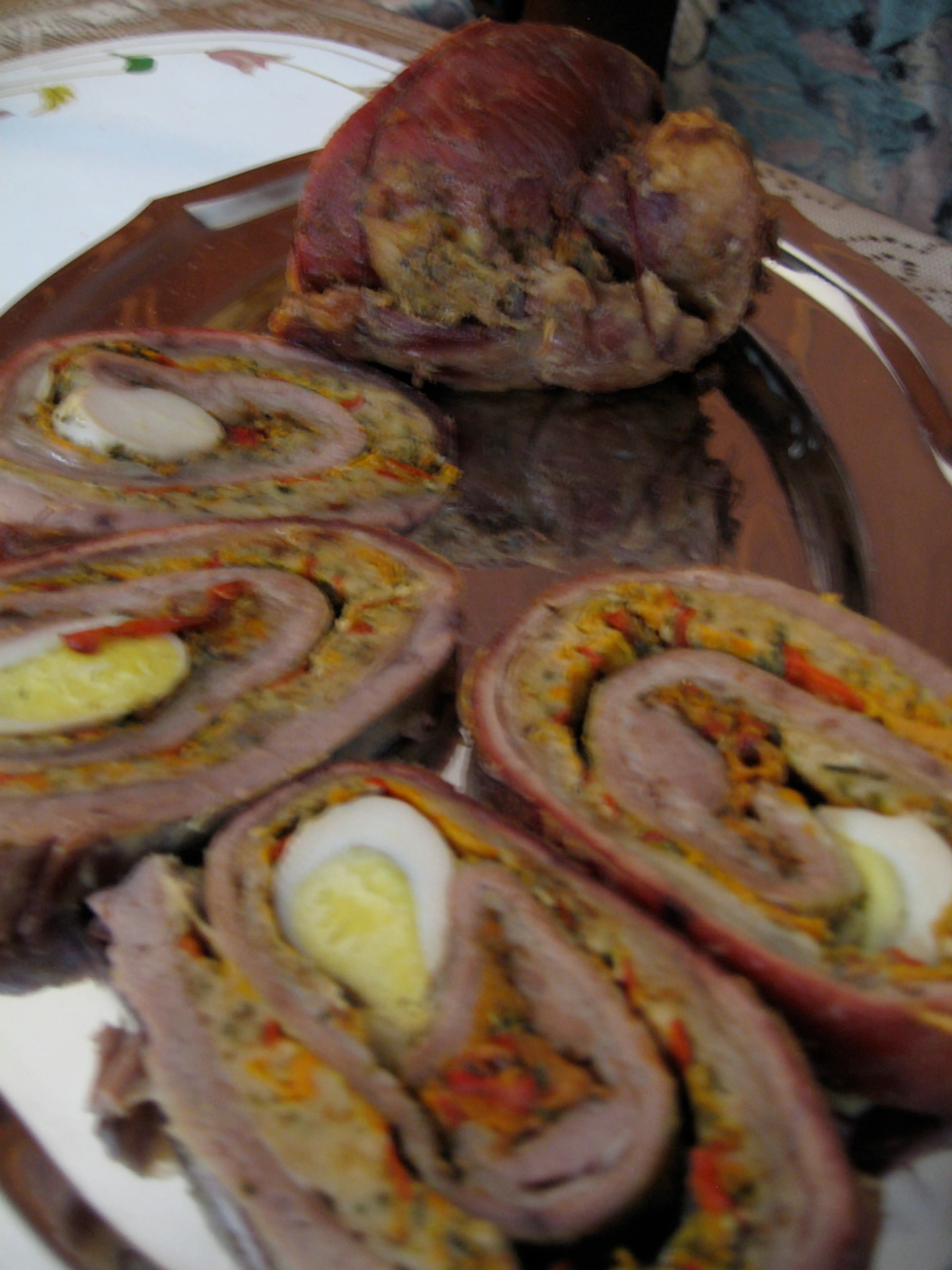
Matambre
Matambre is a rolled, stuffed meat dish that's popular in Buenos Aires. It's typically made with beef or pork, filled with vegetables, hard-boiled eggs, and herbs, then boiled or baked.

Pasta
Pasta is a staple in Buenos Aires due to the city's Italian heritage. There are many variations, but favorites include ñoquis (gnocchi), ravioles (ravioli), and tallarines (tagliatelle).
Fernet con Coca
Fernet con Coca is a popular cocktail in Buenos Aires. It's made with Fernet, a bitter, aromatic spirit, and Coca-Cola.
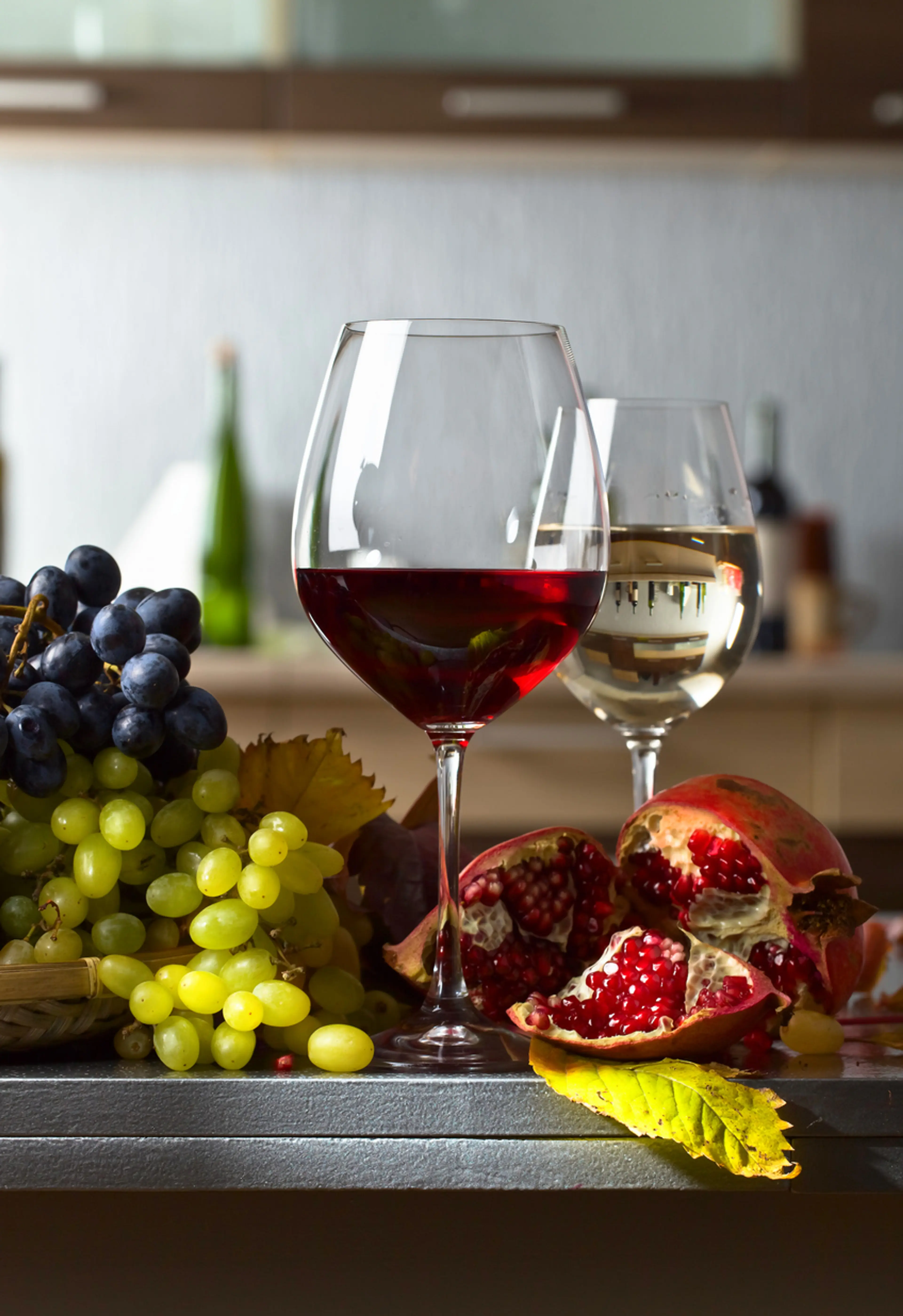
Malbec Wine
Malbec Wine is a must-try in Buenos Aires. Argentina is famous for its Malbec wines, which are full-bodied and have a rich, dark fruit flavor.
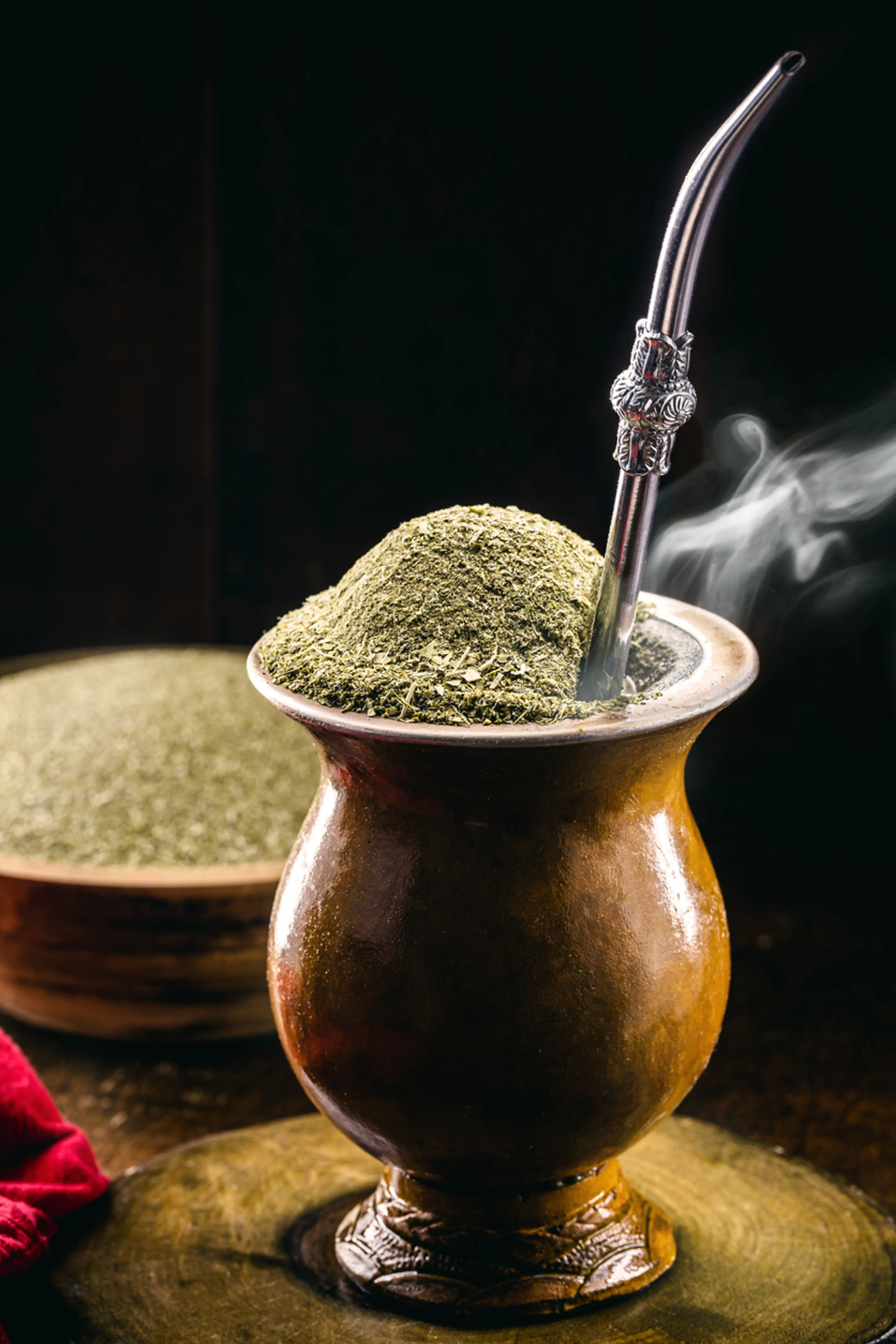
Yerba Mate
Yerba Mate is a traditional Argentine drink made from the leaves of the mate plant. It's a social drink in Buenos Aires, often shared among friends and family.
Best time to visit
The best time to visit Buenos Aires, Argentina is during the spring months of September to November, and the fall months of March to May. During these periods, the weather is mild and the city is less crowded. The spring season is particularly beautiful with jacaranda trees in full bloom. However, Buenos Aires is a city that offers unique experiences all year round, so it really depends on what you're looking to get out of your trip.
How to get around
Subway
Known as the 'Subte', Buenos Aires' subway system is the fastest and most efficient way to get around the city. It has six lines that cover a large portion of the city's neighborhoods. The Subte operates from 5:00 AM to 10:00 PM.
Buses
Buenos Aires has a comprehensive bus network, known as 'colectivos'. They run 24/7 and cover nearly every part of the city. It's a cheap and authentic way to travel, but can be slower due to traffic.
Taxis
Taxis are plentiful in Buenos Aires and can be hailed on the street or booked via phone or app. They are metered and relatively affordable. Be aware that not all taxis accept credit cards.
Ridesharing
Uber and Cabify are available in Buenos Aires. They are often cheaper than taxis, especially during non-peak hours. These services can be booked via their respective apps and offer the convenience of cashless payment.
Bicycles
The city offers a free public bike share program called 'EcoBici'. There are numerous bike lanes and paths throughout the city, making it a fun and eco-friendly way to explore Buenos Aires.
Walk
Buenos Aires is a walkable city with many pedestrian-only streets and areas. It's a great way to explore the city's architecture, parks, and neighborhoods at your own pace.
Train
For longer distances or to visit the suburbs, the train system is a good option. The main stations are Retiro, Constitución, and Once.
Car Rental
Renting a car can be useful for exploring areas outside of Buenos Aires. However, traffic can be heavy and parking difficult in the city. It's recommended to only rent a car if you plan to leave the city.
Important information
Currency$ ARS
Time zoneUTC-3
Driving sideRight
Emergency phoneAmbulance: 101; Fire: 107; Police: 101
Drinking waterOpt for bottled water
Power sockets
Voltage220 V
Things to know about Buenos Aires, Argentina as a first time visitor
1
Buenos Aires is the capital city of Argentina and is known for its European-style architecture and rich cultural life.
2
The official language is Spanish, so it would be beneficial to learn some basic phrases.
3
The currency used is the Argentine Peso (ARS). Credit cards are widely accepted, but it's always good to have some cash on hand.
4
Tipping is customary in Buenos Aires. It's usual to leave a 10% tip in restaurants and cafes.
5
Buenos Aires operates on Argentina Time Zone (ART), which is GMT -3.
6
The city has a humid subtropical climate. Summers (December to March) can be hot and humid with temperatures ranging from 77-86°F (25-30°C), while winters (June to September) are mild with temperatures ranging from 46-59°F (8-15°C).
7
Public transportation is extensive and includes buses, subways (known as 'Subte'), and taxis. It's recommended to get a SUBE card for convenient payment.
8
Buenos Aires is generally safe for tourists, but like any large city, it's important to be aware of your surroundings and take precautions against pickpocketing.
9
The city is known for its late-night culture. Many restaurants don't open for dinner until 8 PM or later, and nightclubs often don't get started until after midnight.
10
Argentinians are known for their love of beef. Be sure to try a traditional Argentine barbecue, known as 'asado'.
11
Mate (pronounced MAH-teh) is a traditional Argentine drink made from steeped dried leaves of the yerba mate plant. It's a social activity and often shared among friends.
12
The city is known for its tango culture. You can find many places offering tango shows, lessons, or just spontaneous street performances.
13
Buenos Aires has a vibrant arts scene, with many galleries, theaters, and music venues. The city is also home to a number of renowned authors, so consider picking up a local book.
14
The city is divided into 'barrios' or neighborhoods, each with its own unique character. Some of the most famous include Palermo, Recoleta, and San Telmo.
15
Buenos Aires has a strong café culture. Take time to relax in one of the city's many charming cafés and enjoy a 'café con leche' (coffee with milk).
16
The city has a strong soccer culture. If you're a fan, consider catching a game at one of the city's stadiums.
17
Buenos Aires has a number of beautiful parks and green spaces. Consider taking a break from the city's hustle and bustle to relax in one of these.
18
Shopping in Buenos Aires can be a great experience. The city is known for its leather goods, so consider picking up a leather jacket or handbag.
19
Argentinians are known for their hospitality. Don't be surprised if locals strike up a conversation or invite you to share a meal.
20
Remember to respect local customs and traditions. This includes dressing appropriately when visiting religious sites and being mindful of siesta time in the early afternoon when many businesses close.
Basic Spanish to know as a first time visitor
English phrase | Native phrase | Pronunciation | When to use it |
|---|---|---|---|
Hello | Hola | O-la | Greeting someone |
Goodbye | Adiós | A-dee-os | Saying goodbye to someone |
Please | Por favor | Por fa-vor | When asking for something |
Thank you | Gracias | Gra-see-as | When expressing gratitude |
Yes | Sí | See | When agreeing or accepting |
No | No | No | When disagreeing or refusing |
Excuse me | Perdón | Per-don | When apologizing or getting someone's attention |
I'm sorry | Lo siento | Lo see-en-to | When apologizing |
Do you speak English? | ¿Hablas inglés? | Ab-las in-gles | When trying to find someone who speaks English |
I don't understand | No entiendo | No en-tee-en-do | When you don't understand what is being said |
Where is the bathroom? | ¿Dónde está el baño? | Don-de es-ta el ban-yo | When you need to find the bathroom |
How much does it cost? | ¿Cuánto cuesta? | Kwan-to kwes-ta | When asking for the price of something |
I would like... | Me gustaría... | Me gus-ta-ree-a | When ordering food or asking for something |
Help! | ¡Ayuda! | A-yu-da | When in need of assistance |
Call the police! | ¡Llame a la policía! | Ya-me a la po-lee-see-a | In case of an emergency |
Can I have the menu, please? | ¿Puedo tener el menú, por favor? | Pwe-do te-ner el me-nu, por fa-vor | When asking for the menu at a restaurant |
Water | Agua | A-gwa | When asking for water |
Beer | Cerveza | Ser-ve-za | When ordering a beer |
Wine | Vino | Vee-no | When ordering wine |
Check, please | La cuenta, por favor | La kwen-ta, por fa-vor | When asking for the bill at a restaurant |
Packing List
Clothing
Lightweight clothing for warm weather
A light jacket or sweater for cooler evenings
Comfortable walking shoes
Swimwear (if planning to visit a pool or beach)
Underwear and socks for 4 days
Sleepwear
Formal attire (if planning to attend a tango show or upscale restaurant)
Toiletries
Travel-size shampoo and conditioner
Travel-size body wash or soap
Toothbrush and toothpaste
Deodorant
Razor and shaving cream
Sunscreen
Insect repellent
First-aid kit with band-aids, antiseptic wipes, and any necessary medication
Prescription medications (if applicable)
Travel documents and essentials
Passport
Driver's license or other form of ID
Credit and debit cards
Cash in local currency (Argentine peso)
Travel insurance documents
Hotel and transportation reservation confirmations
Emergency contact information
Electronics and gadgets
Smartphone
Charger for smartphone
Universal power adapter
Headphones
Camera (if not using smartphone for photos)
Charger for camera
Miscellaneous items
Travel guidebook for Buenos Aires
Spanish-English dictionary or phrasebook
Reusable water bottle
Snacks for travel
Travel pillow and blanket for the flight
Umbrella or raincoat (just in case)
Sunglasses
Backpack or daypack for daily excursions
Weather Conditions
When planning your trip to Buenos Aires, Argentina, it's important to consider the city's subtropical climate. The city experiences four distinct seasons, each with its own unique weather patterns. The summer months (December to February) can be quite hot and humid, with temperatures often reaching up to 86°F (30°C). If you're not a fan of high temperatures, it might be best to avoid visiting during this time. However, if you do decide to visit in the summer, remember to stay hydrated and protect yourself from the sun. Autumn (March to May) and spring (September to November) are generally considered the best times to visit Buenos Aires. The weather during these seasons is usually mild and pleasant, with temperatures ranging from 59°F to 77°F (15°C to 25°C). These seasons are perfect for outdoor activities and sightseeing. Winter (June to August) in Buenos Aires is relatively mild compared to many other places, with temperatures usually falling between 46°F and 59°F (8°C to 15°C). However, it can get quite chilly at night, so be sure to pack some warm clothing. Regardless of when you visit, it's always a good idea to pack a variety of clothing options. Buenos Aires can experience sudden weather changes, so having a mix of light and warm clothes is advisable. Don't forget to pack a good pair of walking shoes, as Buenos Aires is a city best explored on foot. Lastly, keep in mind that Buenos Aires can be quite rainy, especially during the spring and autumn months. Therefore, it's always a good idea to check the weather forecast before your trip and pack an umbrella or raincoat just in case.
| Month | Hi / Lo (°C) | Weather Overview |
|---|---|---|
January | 30° / 20° | January is the peak of summer in Buenos Aires, with temperatures ranging from 20 to 30 degrees Celsius. It's a great time for outdoor activities and exploring the city's vibrant nightlife. |
February | 29° / 19° | February is still quite warm, with temperatures slightly lower than January. It's a good time to visit parks and enjoy the city's outdoor cafes. |
March | 27° / 17° | March sees the start of autumn in Buenos Aires, with temperatures cooling down a bit. It's a perfect time to explore the city's cultural attractions without the summer crowds. |
April | 24° / 14° | April is a comfortable month to visit Buenos Aires, with mild temperatures and fewer tourists. It's a great time to visit museums and historical sites. |
May | 21° / 11° | May is the start of winter in Buenos Aires, with temperatures dropping to 11-21 degrees Celsius. It's a good time to enjoy indoor activities like theatre shows and tango lessons. |
June | 18° / 8° | June is a winter month in Buenos Aires, with temperatures ranging from 8 to 18 degrees Celsius. It's a good time to explore the city's indoor attractions and enjoy its famous steakhouses. |
July | 18° / 8° | July is the coldest month in Buenos Aires, but temperatures are still mild compared to many other destinations. It's a good time to explore the city's indoor attractions and enjoy its famous steakhouses. |
August | 19° / 9° | August is the end of winter in Buenos Aires, with temperatures starting to rise. It's a good time to explore the city's parks and enjoy outdoor activities. |
September | 21° / 11° | September is the start of spring in Buenos Aires, with temperatures ranging from 11 to 21 degrees Celsius. It's a great time to visit the city's parks and botanical gardens. |
October | 24° / 14° | October is a beautiful month to visit Buenos Aires, with spring in full bloom and temperatures perfect for outdoor activities. It's a great time to explore the city's parks and gardens. |
November | 27° / 17° | November is the start of summer in Buenos Aires, with temperatures rising. It's a good time to enjoy the city's outdoor cafes and nightlife. |
December | 29° / 19° | December is a warm month in Buenos Aires, perfect for exploring the city and enjoying outdoor activities. It's a great time to visit the city's parks and enjoy the vibrant nightlife. |
Did you know?
Places near by Buenos Aires, Argentina

Tigre
A charming riverside town known for its delta, markets, and rowing clubs.

San Isidro
A historic and affluent suburb, known for its gothic style cathedral and beautiful riverside walks.

La Plata
Known for its unique city layout, impressive cathedral, and Natural Science Museum.

Estancia Santa Susana
A traditional ranch where visitors can experience the gaucho (Argentinian cowboy) lifestyle.

San Antonio de Areco
A traditional town known as the birthplace of the gaucho tradition.

Colonia del Sacramento
A UNESCO World Heritage site known for its cobblestone streets and colonial-era buildings.

Montevideo
Uruguay's capital, known for its beachfront promenade, old town, and vibrant cultural scene.

Punta del Este
A luxurious seaside resort town known for its beaches, art installations, and nightlife.



